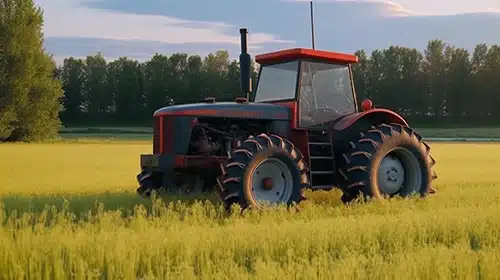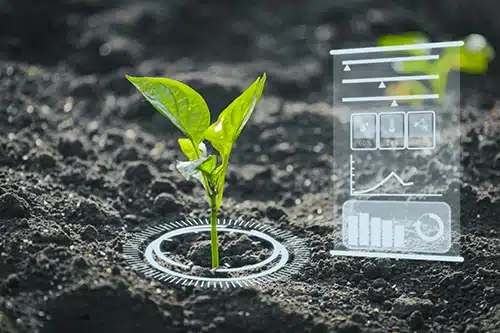Farming: The Challenge
 We’ve all seen the headlines: wildfires, extreme weather events, drought and climate change. The reality is that these incidents are only increasing and in tandem, so is our global population. By 2030, the United Nations forecasts that it will hit 9.7 billion and though food is plentiful in some areas of the world, in others it is scarce. Farmers in different regions face multiple challenges and many are turning to technology to help them to manage and streamline their businesses.
We’ve all seen the headlines: wildfires, extreme weather events, drought and climate change. The reality is that these incidents are only increasing and in tandem, so is our global population. By 2030, the United Nations forecasts that it will hit 9.7 billion and though food is plentiful in some areas of the world, in others it is scarce. Farmers in different regions face multiple challenges and many are turning to technology to help them to manage and streamline their businesses.
Precision farming is an agricultural strategy and support system that leverages new technology to generate data that informs decision making and predictive capabilities. This results in improvement in food production through reduced waste and operational efficiencies, enabling an overall more sustainable farming model.
Precision farming is a heavy user of the cloud and IoT applications. Farms are very often located in remote areas, where no terrestrial connectivity is available or if it is, it is unreliable and patchy.
The Networked Farm
For farmers with sites both large and small, satellite-based IoT and VSAT solutions provide the ideal connectivity tool to bridge the connectivity gap left by terrestrial technologies. It is being used for a plethora of different applications such as keeping detailed inventories and to monitor the location, acreage, type and health of crop or livestock as well as optimizing its fertilization program. Farmers can also monitor irrigation requirements and the overall crop quality, which is essential for product certification once harvested. Safety and security of crops and livestock is also covered, with abnormal activity tracked and early detection of wildfires. This is particularly important in the current situation with the exponential increase in wildfires as many farms in prone areas are uninsurable, so prevention is key.
Farmers are also extending use of IoT sensors to create intelligent silos, which monitor the amount of a certain product in storage. Drone usage, which gives a unique aerial view of the farm for mapping purposes, is also growing in popularity.
Use of automated machinery has gained a great deal of traction. Notably, machinery manufacturer John Deere recently put out an RFP to the industry to provide satcom connectivity to its 1.5 million vehicles with the provision of several Mbps on both up and downlink. The use of automated tractors, for example, will mean that several individual unmanned vehicles can work a single large field without collision, making the whole process faster, easier, and reducing the need for manual headcount. IoT applications can also be used for the predictive maintenance of the entire raft of agricultural machinery.
Information collected by the variety of sensors on a farm is collated and then may be merged with weather and global environmental data to provide valuable insights for farms.
The Satellite-based IoT Value Chain

So how does satellite fit into this? We know that it helps to bridge connectivity gaps, but how does it enable the precision farming ecosystem?
Once data is collected, it is usually stored locally, where some data may be processed but lots of this data is stored in the cloud. Algorithms are then applied to the data which makes it more useful to the farmer, creating actionable insights that can then be implemented on the farm.
Satellite-based IoT uses low data rates as the data being collected does not require high bandwidth. However, VSAT is used on a long haul link to take the traffic where it needs to go and often is used as a complement to local coverage such as Wi-Fi or LTE, to bring the cloud to the farm using edge compute so that data analytics can be performed. This often uses high data rates. It’s important that the satellite service provider can cater for both low and high requirements.
We have taken our decades of experience in VSAT connectivity at sea and in the mining and energy industries and applied it to the agricultural sector, enabling us to offer comprehensive satellite solutions to farms all over the world. Our low data rate service for IoT features and easy to install flat panel antenna and supports major IoT protocol. For the high data rate user, we offer a state of the art, easy to commission VSAT terminal. Our service models are flexible and offer immediate market access, with much reduced upfront investment and operational complexity, for fast go-to-market.
Real Results
From coffee plantations to cattle farms, the growth in IoT and VSAT technology for farming practices is transforming the sector, increasing efficiency and capabilities as never before. As a trusted technology partner, we can advise on and deliver the best, most cost-effective, efficient, flexible and scalable solutions that are tailored to your precision farming needs.
